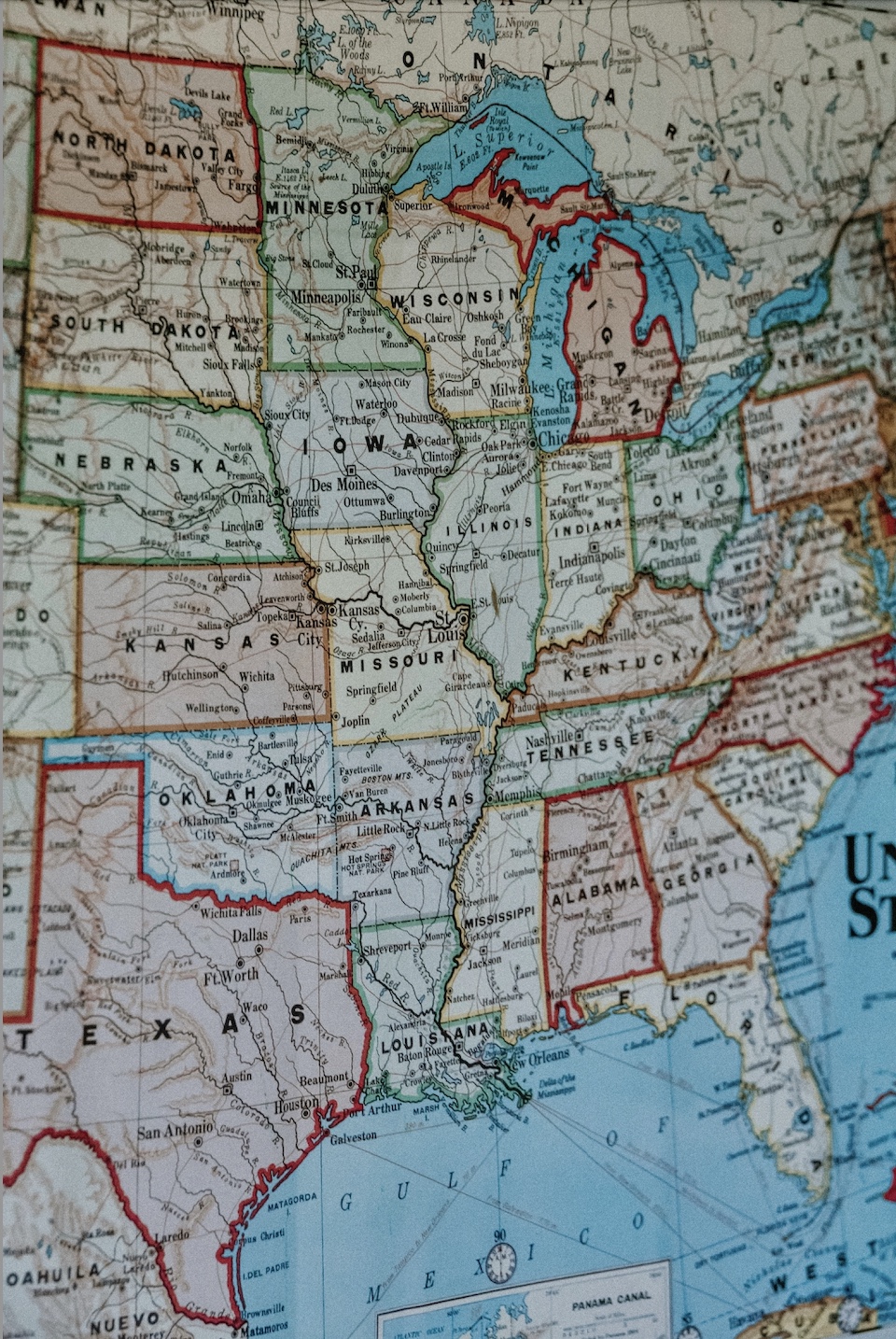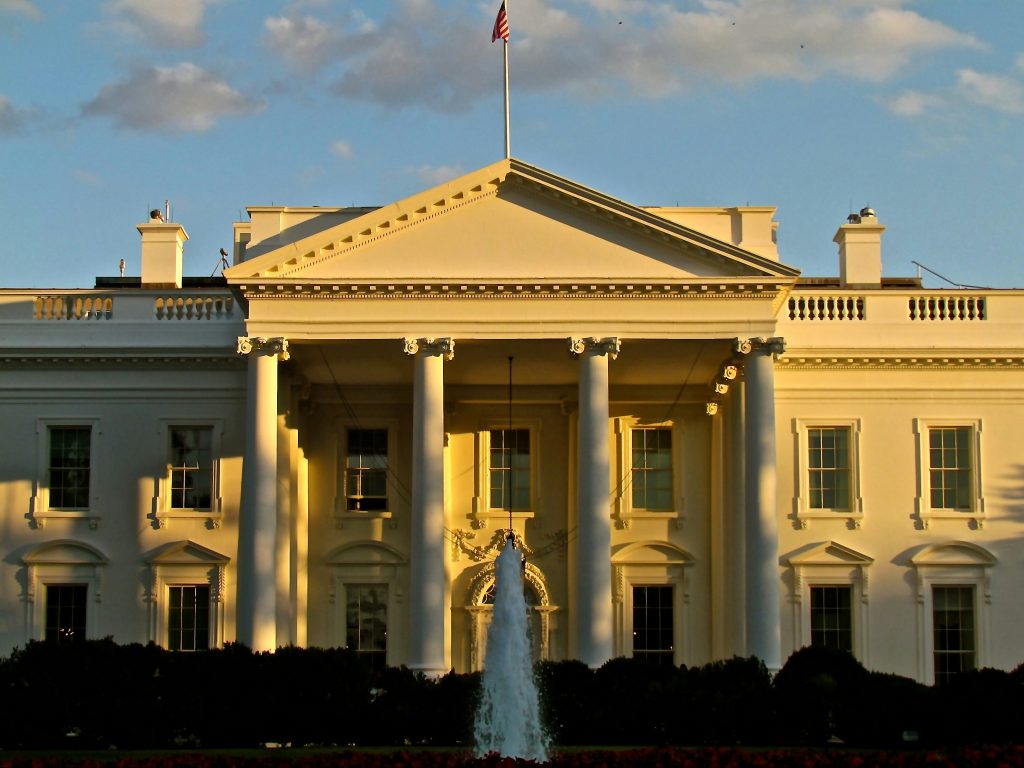State Economic Freedom: How Taxes, Regulation, and Government Oversight Are Changing the Economic Hotbeds of the United States

By: Andrew Ellingsen*
It is often said that people vote with their feet. This means voters will express their preferences by taking physical action, such as moving from one state to another. This can be in response to controversial actions taken by a local government or when a person or business seeks a particular region with more favorable political and economic policies. Today, this phenomenon can be seen on a national scale. For the first time, the combined Gross Domestic Product (“GDP”) of six southern states, including Texas, Florida, Georgia, Tennessee, North Carolina, and South Carolina, has surpassed that of the Northeast, including eleven states from Maryland to Maine. [1] This trend is not novel or surprising, as Americans have been heading south for decades. But what has led to this seismic shift in economic ascendency, and will the trend continue?
In 2005, the Northeast region contributed over 23.5% to the national GDP, and the six southern states contributed 21.8%. [2] However, by 2022, the numbers flipped. The southern states now comprise 23.8% of the nation’s GDP, while the Northeast has shrunk to 22.4%. [3] The same trend can be seen in the population shift from north to south. In 1980, the Northeast contained over 24% of the nation’s population, while the six southern states contained around 19%. [4] As of 2022, the Northeast now contains only 19% of the population, while the South contains just under 26%. [5]
What has caused the economic shift to the South? Other than warm weather and sunshine, regions in the South have consistently been less restrictive economically and impose lower tax burdens than their northern counterparts. According to the Frasier Institute and its study of economic freedom in North America, which looks at government spending, taxes, regulation, and the ability of a person to act without undue restrictions, Florida is the most economically free state, followed closely by Texas and Tennessee. [6] Comparatively, Delaware and New York are ranked as the most economically restrictive states in the country. [7] Other restrictions, such as the land use regulations in cities like New York City, Boston, and Washington D.C., inhibit economic growth. [8] Increased regulations often prevent new construction, making affordable housing difficult to attain for young professionals living and working in city centers. [9]
In addition to low economic freedom, high taxes have incentivized individuals and companies to head south. According to the Tax Foundation’s State Business Tax Climate Index, New Jersey, New York, Connecticut, Maryland, Vermont, and Rhode Island are ranked in the bottom ten states for state tax structures. [10] New Jersey, in particular, has one of the country’s highest property and individual income tax rates and the highest corporate income tax rates. [11] Additionally, the Heritage Foundation found that New York, which has the highest total tax burden in the country, received over $118 billion in revenue in 2021 and still managed to accumulate the highest state and local debt per capita in the country. [12] It should therefore come as no surprise that “New York has suffered a net loss of businesses to other states every year since 1994.” [13]
The shift of people and businesses leaving regions of traditional economic strength is not isolated to the Northeast. California is another state long known for its economic prowess that is now suffering due to poor economic policies instituted by state and local governments. According to the most recent data provided by the U.S. Census Bureau, California lost more than 500,000 residents between 2020 and 2022. [14] The driving force behind the exodus is unsustainable housing prices perpetuated by strict building regulations. [15] It should also come as no surprise that California is the second least economically free state in the country, trailing only New York. [16] Moreover, the state ranks third to last for overall business tax climate. [17] Even those leaving the state may be unable to escape the long arm of California taxes and regulations. Assembly Bill 2088, a proposed “exit tax,” would require some businesses and individuals who relocate outside the state to pay a one-time tax based on their assets. [18]
Other regulations, such as the controversial Measure ULA, which requires sellers of real estate in Los Angeles to pay a 4% tax on properties priced between $5 million and $10 million and 5.5% on properties $10 million and above, contribute to the over-regulation causing individuals and business to leave the state. [19] California justifies regulations, like Measure ULA, as a way to fund the ongoing homeless crisis facing the state. [20] However, between 2018 and 2022, California spent a staggering $17.5 billion to fight homelessness, and the problem only grew. [21] Whether the measures taken by California are altruistic, preventative, or punitive, the outcome is clear, people who value freedom and autonomy are looking elsewhere to find it.
States such as California and New York have long taken their populace for granted by imposing restrictive regulations and burdensome taxes and expecting everyone to play along. Individuals and businesses are now finding safe havens in economically friendly states such as Florida, Texas, and Tennessee. This trend will likely continue as long as state and local governments in the Northeast and California continue to intrude on the economic freedom of their citizens. Voters are making their voices heard, and they are doing it with their feet.
* J.D. Candidate, Class of 2025, Sandra Day O’Connor College of Law at Arizona State University.
[1] Adam A. Millsap, U.S. Economic Activity Moves South as Northeast’s Decline Continues, Forbes (July 26, 2023) https://www.forbes.com/sites/adammillsap/2023/07/06/us-economic-activity-moves-south-as-northeasts-decline-continues/?sh=1b0eaaf3126a.
[2] Id.
[3] Id.
[4] Id.
[5] Id.
[6] Economic Freedom of North America 2022, Fraser Institute (Nov. 15, 2022) https://www.fraserinstitute.org/studies/economic-freedom-of-north-america-2022.
[7] Id.
[8] Adam A. Millsap, Zoning Reform Is Needed Post Covid-19, Forbes (July 1, 2020) https://www.forbes.com/sites/adammillsap/2020/07/01/zoning-reform-is-needed-post-covid-19/?sh=379460644481
[9] Id.
[10] Janelle Fritts, 2023 State Business Tax Climate Index, Tax Foundation (Oct. 25, 2022) https://taxfoundation.org/research/all/state/2023-state-business-tax-climate-index/.
[11] Id.
[12] E.J Antoni, High Taxes Are Bleeding New York’s People and Businesses into Oblivion, N.Y. Post (June 28, 2023) https://nypost.com/2023/06/28/high-taxes-are-bleeding-new-yorks-people-and-businesses-to-oblivion/
[13] Id.
[14] Ben Christopher, California’s Persistently Shrinking Population — and the Reasons Why, CAL Matters (Feb. 17, 2023) https://calmatters.org/newsletters/whatmatters/2023/02/california-population-exodus-housing/.
[15] Id.
[16] Economic Freedom of North America 2022, Fraser Institute (Nov. 15, 2022) https://www.fraserinstitute.org/studies/economic-freedom-of-north-america-2022.
[17] Fritts, supra note 10.
[18] Sam Brotman, California Exit Tax & Wealth Tax: What Is It & How It Applies to You, Brotman Law (Dec. 2, 2022) https://www.sambrotman.com/blog/california-exit-tax#:~:text=The California exit tax is,%2C stocks%2C and other investments.
[19] Katherine Clarke, ‘We’re Scrambling.’ L.A.’s New Mansion Tax Put Sellers on a Deal-Making Deadline, Wall Street Journal (Mar. 31, 2023) https://www.wsj.com/articles/los-angeles-mansion-tax-real-estate-market-3922cf8?st=43cgouhvu8erqcp&reflink=share_mobilewebshare.
[20] Id.
[21] Nick Watt, California Has Spent Billions to Fight Homelessness. The Problem Has Gotten Worse, CNN (July 11, 2023) https://www.cnn.com/2023/07/11/us/california-homeless-spending/index.html.


